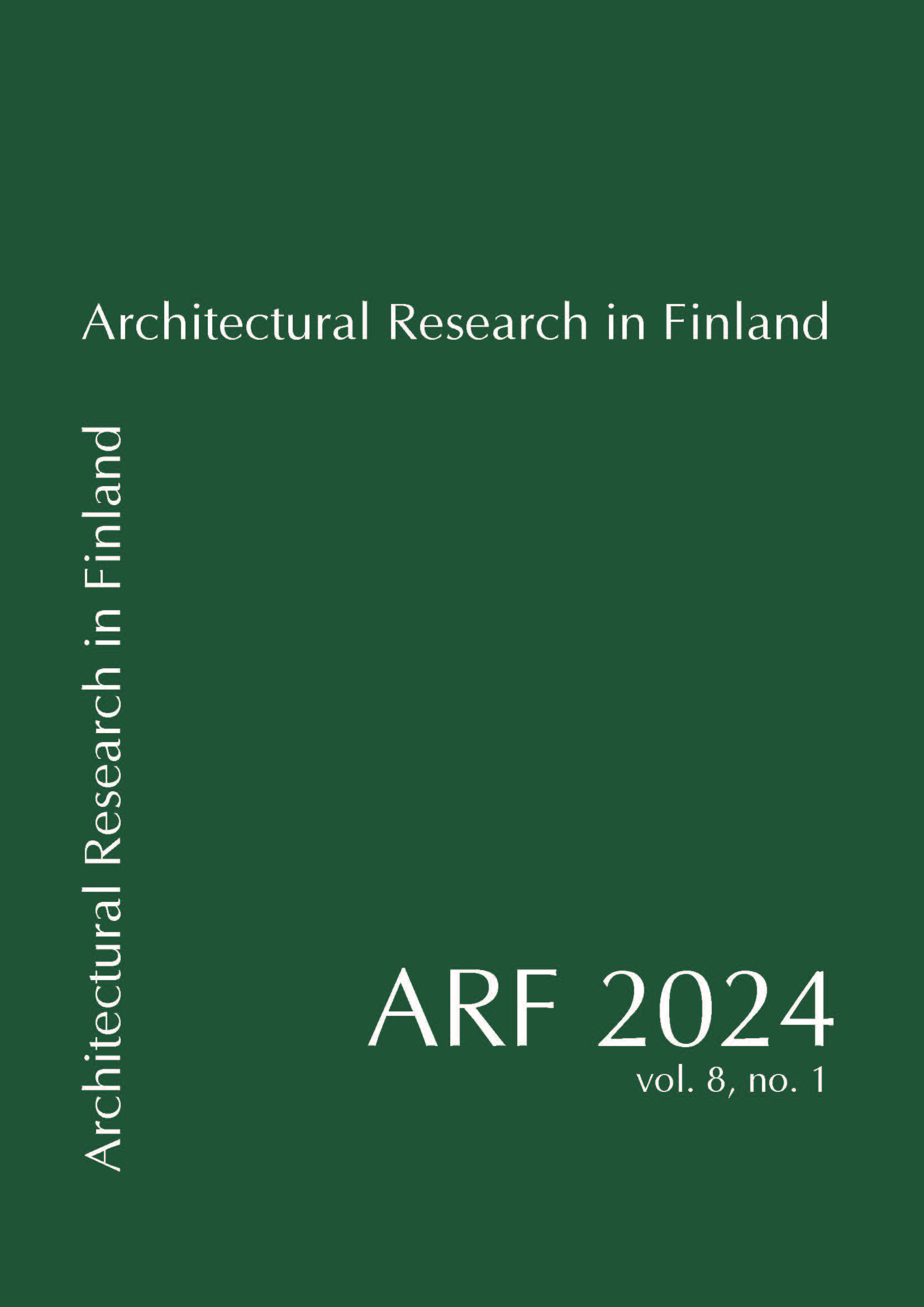Assessing the Carbon Impacts of Five Apartment Buildings with Different Timber Frames
A Finnish Study
DOI:
https://doi.org/10.37457/arf.147227Keywords:
Multi-story timber buildings, life cycle assessment, decarbonization potential, climate change mitigation, industrial timber construction, sustainable constructionAbstract
The market share of wooden multi-story residential buildings has experienced rapid growth in Finland over the past decade, and this trend is expected to persist due to the nation’s ambitious climate goals. Finland intends to regulate construction via Life Cycle Assessment (LCA) requirements in the construction permit process by the year 2026 and is currently in the process of establishing carbon budgets. This paper compares the LCA results of five recently constructed residential multi-story timber buildings with a conventional concrete building and current climate goals.
The selected timber buildings encompass various construction methods and timber usage. The LCA adheres to the methodology established by the Ministry of the Environment Finland and utilizes the national co2data database developed for the permit application process. The chosen timber-framed buildings exhibit 16-27% lower total greenhouse gas (GHG) emissions and 28-36% lower embodied GHG emissions compared to the concrete building. Still, these results highlight that current timber-based construction methods are insufficient to achieve current climate goals and that further development of multi-story timber buildings is still necessary.
The embodied emissions account for the majority, 54-58% of the total whole-life emissions of the timber buildings. In the timber buildings, most emissions originate from materials other than timber. The intermediate floors and walls present the most significant decarbonization potential, as they contribute to 43-59% of the embodied emissions. The paper shows the distribution of emissions across various life cycle stages, material categories, structures, and building components. Consequently, it sheds light on carbon-intensive structures and material layers that need further refinement to meet the carbon targets driven by climate change mitigation.




